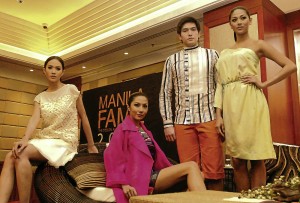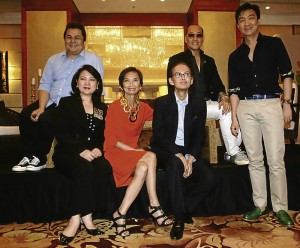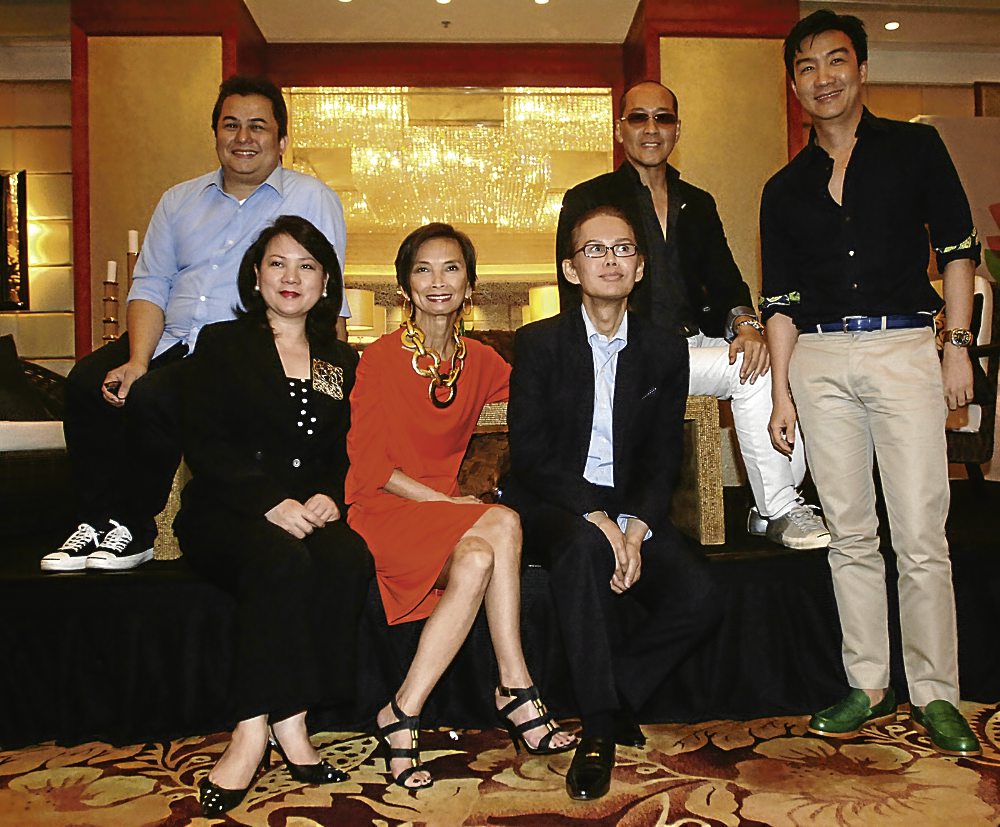
After convincning three of the country’s biggest sourcing events to band together and hold their respective shows under one roof last year, the Center for International Trade Expositions and Missions (Citem) plans to take Manila FAME, its biannual design and lifestyle fair for the world market, “to the next level.”
This time, Manila FAME aims to guide seasoned exhibitors as they explore uncharted possibilities in furniture design. At the same time, it wants to boost the chances of those in the garments business to sell their products, consisting mainly of clothes and accessories, abroad, by focusing on the high-end resort-wear niche.
Member-manufacturers from Manila Now, Cebu NEXT and Bijoux Cebu will gather at the SMX Convention Center in Pasay City from March 14-17 to welcome foreign and local buyers.
A fashion show, “Manila Wear,” will feature clothes and accessories of 21 of the country’s leading designers on opening night. Consisting of five pieces per designer, the “tropical-wear” collection would focus on creative uses of indigenous materials mixed with imported fabrics and components for the world market.
In a media conference at Shangri-La Makati, Citem executive director Rosevi Gaetos was joined by New York-based Filipino fashion designer Josie Natori, Inno Sotto and JC Buendia, as well as leading furniture designers Budji Layug and Kenneth Cobonpue.
Apart from featuring some of their products in the exhibit, the designers will also act as advisers to fellow exhibitors. Natori and Cobonpue manufacture their own products.
Marching orders

“My marching orders from (Department of Trade and Industry) Secretary Greg Domingo last year was to unify the design industry,” said Gaetos. “Now, our objective is to bring back design not just to its glory days, but to the next level. With stiff competition from China and our Southeast Asian neighbors, we have to produce world-class products that are uniquely Filipino.”
Since last year’s consolidation, Manila FAME saw a 97-percent increase in buyer attendance and a 64-percent increase in export sales. This year is only the beginning, added Gaetos, but it marks the start of the Philippines’ bid “to reclaim the title as the region’s design center.”
As founding member of the Fashion Design Council of the Philippines (FDCP) in 1995, Natori has dreamed to see more Filipino designers, be it in fashion or furniture, blaze a trail abroad. This latest development, she said, brings the country closer to achieving this goal.
“I can see it coming because together we are stronger. Our time has come, and what differentiates and gives us an advantage from the rest is our multicultural heritage,” said Natori.
Part of her dream is to make “Manila Wear” a brand in itself, a seal of excellence, if you will, that assures buyers of quality, consistency, and fresh designs. Natori wants to replicate for the fashion industry the earlier successes experienced by the furniture industry, led by such names as Layug and Cobonpue.
Decimated
Even the absence of a textile industry, a major factor that has hampered Philippine fashion from taking off globally, hasn’t dampened Gaetos and company’s spirits.
“The country’s garments industry was decimated by the quota system,” said Gaetos. “To further complicate the situation, we no longer have a textile industry.”
But the country still has a considerable source of indigenous materials from traditional weavers in the provinces. Gaetos hopes to marry these handwoven materials with imported mass-produced materials to produce garments that are uniquely Filipino.
“We still have an edge in design,” said Natori. “The challenge is to find the Filipino soul and bring it out.”

Buendia, FDCP president, believes that prevailing global trends favor handwoven fabrics like piña, sinamay and abaca, which the country is known for.
“In the ’80s, it was more of Japanese influences,” he said. “In the ’90s, it was the Chinese’s turn to influence design. Now that there’s a demand for organic materials, I think it’s time for a Filipino aesthetic to influence the world. For instance, 99 percent of the world’s abaca comes from the Philippines. This material is used for hats they wear at the Ascot races. There’s so much potential.”
As one of Manila FAME’S advisers, Sotto finds the opportunity to collaborate and exchange ideas with colleagues in the creative industry a welcome one.
“Collaborating with experts who raise the bar and show what excellence is all about is always exciting,” he said. “As a designer, it has continued to open my eyes to new possibilities and other aspects of design.”
Layug and Cobonpue would curate a segment on the venue’s second floor devoted to furniture design. Cobonpue also hopes that it would become the blueprint of future fairs organized by Manila FAME.
Cobonpue is a foremost example of someone who has learned to make do, adapt, and even thrive despite the dearth of locally available raw materials.
“Like the garments industry, the same thing is happening in furniture,” he said. “Because of the log ban, we have to import wood. Around 80 percent of what I do uses imported components.”









































